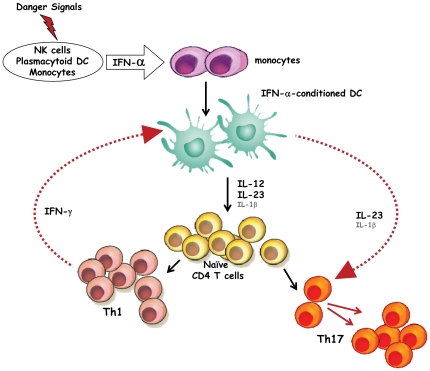Figure 8. Model on the induction of Th17 cell development by IFN-α-conditioned DC.
Distinct cell types, such as monocytes, NK cells and pDC can produce biologically relevant quantities of type I IFNs under different stimulation conditions, such as danger signals represented by a wide array of inflammatory cytokines and molecules derived from viruses and bacteria. In particular, pDC are responsible for producing very high levels of IFN-α in response to viral infections. Endogenous IFN-α production affects several immune functions and act by promoting DC differentiation from circulating monocytes and DC activation. These IFN-α-conditioned DC, which may represent the in vivo counterpart of IFN-DC, produce a wide array of inflammatory cytokines including IL-12, IL-1β and IL-23 which act on naïve CD4 T cells sustaining their differentiation into Th1 or Th17 cells. The IFN-γ produced at high levels by the Th1 cells enhances the APC production of IL-1β and IL-23, which, in turn, act on both Th1 and Th17 memory cells, promoting their expansion. In this scenario, IL-12 would act in the initial phase by priming the Th1 response, whereas IL-23 would contribute to the maintenance of both Th1 and Th17 memory cells.

